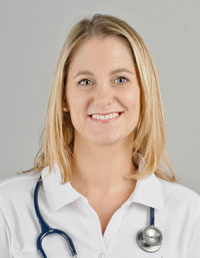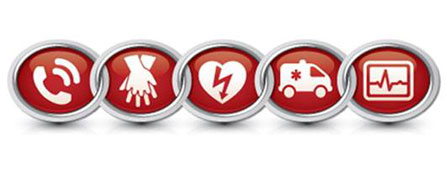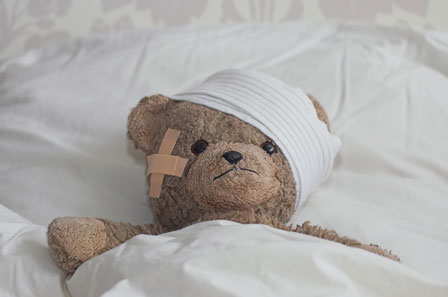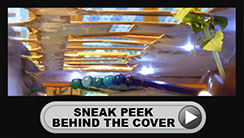 Dr Penny Fraser MB BS BSc(HONS) MRCS(ENG)
Dr Penny Fraser MB BS BSc(HONS) MRCS(ENG)
Dr Penny is a British-trained Emergency Medicine doctor, who lives in Geneva. She is also the mother of two girls aged 9 and 10. Along with Dr Michelle Wright and her other colleagues at HealthFirst, she has a passion for delivering health education and First Aid training to the English-speaking community in Switzerland.
HealthFirst provides a range of practical, interactive First Aid courses including a unique Mountain First Aid Course and a First Aid course, obligatory for the Swiss Driver’s Licence, and suitable for anyone from the age of 14.

We have all heard of the importance of learning CPR (Cardiopulmonary Resuscitation) - we see it in the movies, we read of amazing success stories in the news, a lot of us have even been on a course years ago. But somehow it can be just a bit too scary to think about - anxiety, fear of facing such an emotional subject or just that life gets too busy with other things.
Sometimes reading the objective scientific evidence and gaining an overall view of exactly what happens when a person's life is saved, can dissolve the anxiety and result in determination to understand more. Read on....

Miserable kiddies with a fever and a rash are part of being a parent – I’ve certainly been there with my two daughters.
But when is it something that can be treated at home with some painkillers, water and a cuddle? When is it something that needs to be checked by the doctor?
One of the important diseases that must be seen by a doctor is measles (rougeole in French, Masern in German). This is a serious disease caused by a virus that is very contagious - in fact 90% of non-immune people living with someone who has measles will catch it. The disease is spread by coughs and sneezes, as well as contact with objects such as door handles, toys etc. that have the wet spray from the coughs and sneezes on them.
Page 2 of 2








